KARACHI, PAKISTAN: Dr. Awab Alvi at Aligners Pakistan Academy recently started a FREE Aligners Academy Fellowship for dentists in Pakistan, a six-month online course accredited by IADSR (Institute of Advanced Dental Science & Research) to issue continuing dental education credit hours. The first session was hosted on February 28th, followed by the second session on March 14th. Aligners Pakistan Academy received an overwhelming response with over 1,000 registrations, though only 300 participants could be accommodated, underscoring the growing interest in advanced clear aligner education. Following the success of the first session, the second webinar focused on two critical aspects of aligner therapy: understanding impression accuracy and the role of attachments in achieving predictable orthodontic tooth movement.
The Role of Accuracy in Aligner Therapy
Beyond biomechanics, aligner success is heavily influenced by the accuracy of each step in the workflow—from impressions to 3D printing and thermoforming. Every stage introduces a potential source of error:
- Digital Scans & PVS Impressions: Intraoral scanners typically achieve an accuracy of 25 microns, while high-quality PVS impressions can reach approximately similar precision, but it can be prone to minor material inaccuracies.
- 3D Printing: Most dental 3D printers operate at an accuracy of around 75-100 microns, meaning some fine details may be lost during model fabrication.
- Thermoforming: The final aligner is thermoformed over the printed model, further decreasing accuracy due to material shrinkage and deformation.
- Best Intra Oral scanning with 3D Printing & properly fabricated Aligner sheets can accumulate an error of out 250 micros, which is equivalent to 0.25mm
Aligners lose a portion of their active force within the first two hours of wear because they are made from plastic materials, which do not provide fully consistent forces like braces. In contrast, braces rely on wires actively engaged within brackets, maintaining continuous force application.
Each of these stages contributes to minor inaccuracies, which can accumulate and affect the final fit of the aligner. Proper quality control and precise treatment planning help minimize these errors and ensure optimal force delivery.
Understanding the Science Behind Attachments
Aligners rely on carefully designed attachments bonded to teeth to optimize force application and control movement. Unlike traditional braces, which use brackets and wires to pull teeth into position, aligners apply pushing forces. Attachments act as strategic grip points, allowing the aligner to exert precise forces required for complex movements such as rotation, extrusion, and root control.
However, the success of these attachments hinges on precise treatment planning by the orthodontist. Simply relying on a technician without a thorough understanding of biomechanics can lead to ineffective or inefficient tooth movement. Dentists must take the lead, ensuring that each attachment is strategically designed and positioned to deliver the intended forces. The choreography of tooth movement depends on deliberate force application—every attachment, force vector, and aligner stage must be carefully planned to achieve predictable and optimal results.
Active vs. Passive Surfaces in Attachments
A Milestone in Aligner Education
Led by Dr. Awab Alvi, a pioneer in clear aligner therapy in Pakistan, this webinar series is designed to bridge the knowledge gap in aligner treatment planning. The course moves beyond product reliance – Aligners is Technique, Not a Product, empowering practitioners to take full control of their treatment planning, case selection, and biomechanics. Registration details can be accessed at aligners.pk/academy where we will consider new registrations for the next cohort of our 6-month online training.
Join the revolution in aligner education and take your orthodontic practice to the next level with Aligners Pakistan!
Karachi: Pakistan Dental Association (Central) recently distributed Personal Protective Equipment (PPE) among medical doctors, dentists, and other ...
Live webinar
Wed. 14 January 2026
10:00 pm PKT (Islamabad)
Dr. Théo Laplane, Dr. Robert Gottlander DDS
Live webinar
Fri. 16 January 2026
10:00 pm PKT (Islamabad)
Live webinar
Mon. 19 January 2026
11:00 pm PKT (Islamabad)
Philipp Kopp, Michael Seeber
Live webinar
Thu. 22 January 2026
7:00 pm PKT (Islamabad)
Prof. Judith Jones D.D.S; M.P.H., Prof. Kakuhiro Fukai D.D.S., Ph.D, Dr. Bathsheba (Bethy) Turton
Live webinar
Fri. 23 January 2026
12:00 am PKT (Islamabad)
Dr. Nicola M. Grande DDS, PhD
Live webinar
Wed. 28 January 2026
6:00 pm PKT (Islamabad)
Live webinar
Wed. 28 January 2026
9:00 pm PKT (Islamabad)
Prof. Dr. Jan-Frederik Güth



 Austria / Österreich
Austria / Österreich
 Bosnia and Herzegovina / Босна и Херцеговина
Bosnia and Herzegovina / Босна и Херцеговина
 Bulgaria / България
Bulgaria / България
 Croatia / Hrvatska
Croatia / Hrvatska
 Czech Republic & Slovakia / Česká republika & Slovensko
Czech Republic & Slovakia / Česká republika & Slovensko
 France / France
France / France
 Germany / Deutschland
Germany / Deutschland
 Greece / ΕΛΛΑΔΑ
Greece / ΕΛΛΑΔΑ
 Hungary / Hungary
Hungary / Hungary
 Italy / Italia
Italy / Italia
 Netherlands / Nederland
Netherlands / Nederland
 Nordic / Nordic
Nordic / Nordic
 Poland / Polska
Poland / Polska
 Portugal / Portugal
Portugal / Portugal
 Romania & Moldova / România & Moldova
Romania & Moldova / România & Moldova
 Slovenia / Slovenija
Slovenia / Slovenija
 Serbia & Montenegro / Србија и Црна Гора
Serbia & Montenegro / Србија и Црна Гора
 Spain / España
Spain / España
 Switzerland / Schweiz
Switzerland / Schweiz
 Turkey / Türkiye
Turkey / Türkiye
 UK & Ireland / UK & Ireland
UK & Ireland / UK & Ireland
 International / International
International / International
 Brazil / Brasil
Brazil / Brasil
 Canada / Canada
Canada / Canada
 Latin America / Latinoamérica
Latin America / Latinoamérica
 USA / USA
USA / USA
 China / 中国
China / 中国
 India / भारत गणराज्य
India / भारत गणराज्य
 Vietnam / Việt Nam
Vietnam / Việt Nam
 ASEAN / ASEAN
ASEAN / ASEAN
 Israel / מְדִינַת יִשְׂרָאֵל
Israel / מְדִינַת יִשְׂרָאֵל
 Algeria, Morocco & Tunisia / الجزائر والمغرب وتونس
Algeria, Morocco & Tunisia / الجزائر والمغرب وتونس
 Middle East / Middle East
Middle East / Middle East

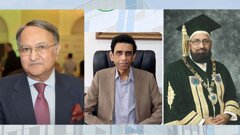
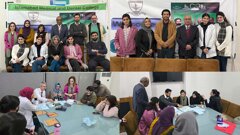
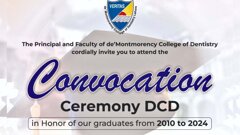
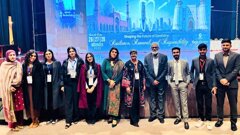
























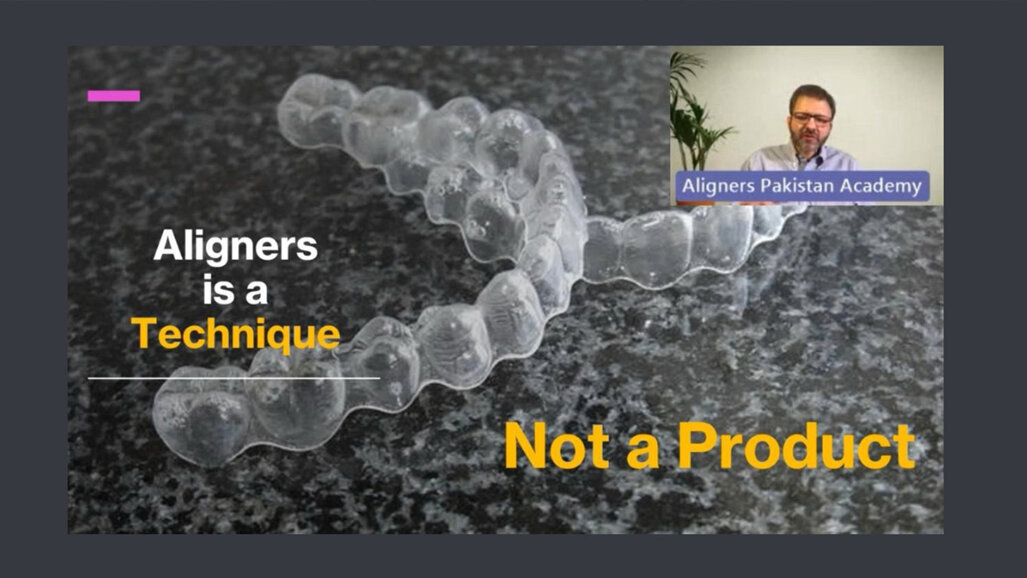

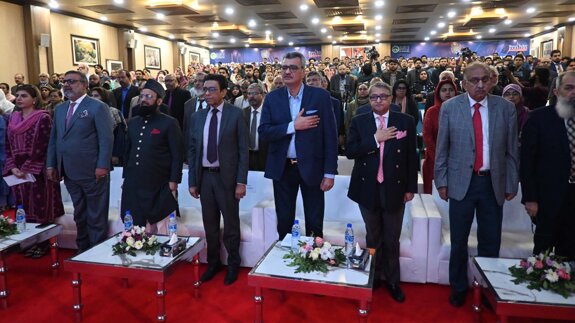

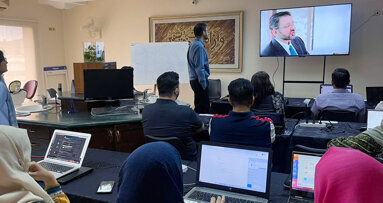
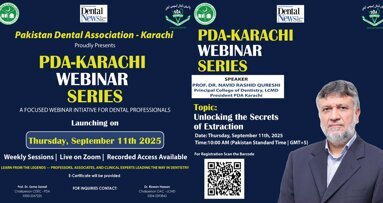
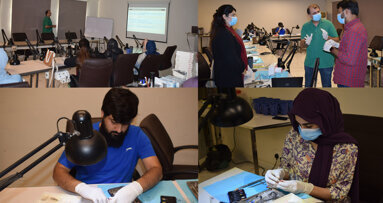
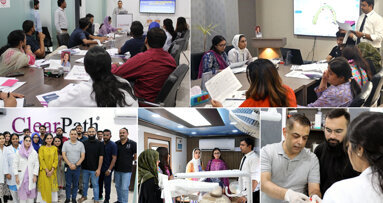
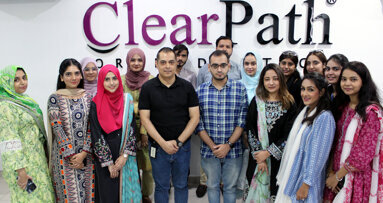
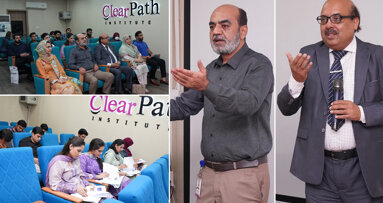
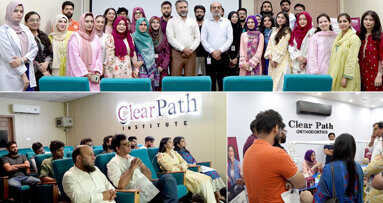
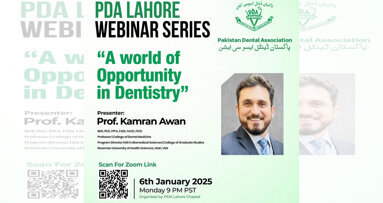
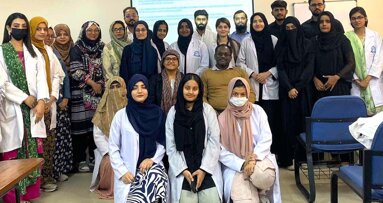


















To post a reply please login or register